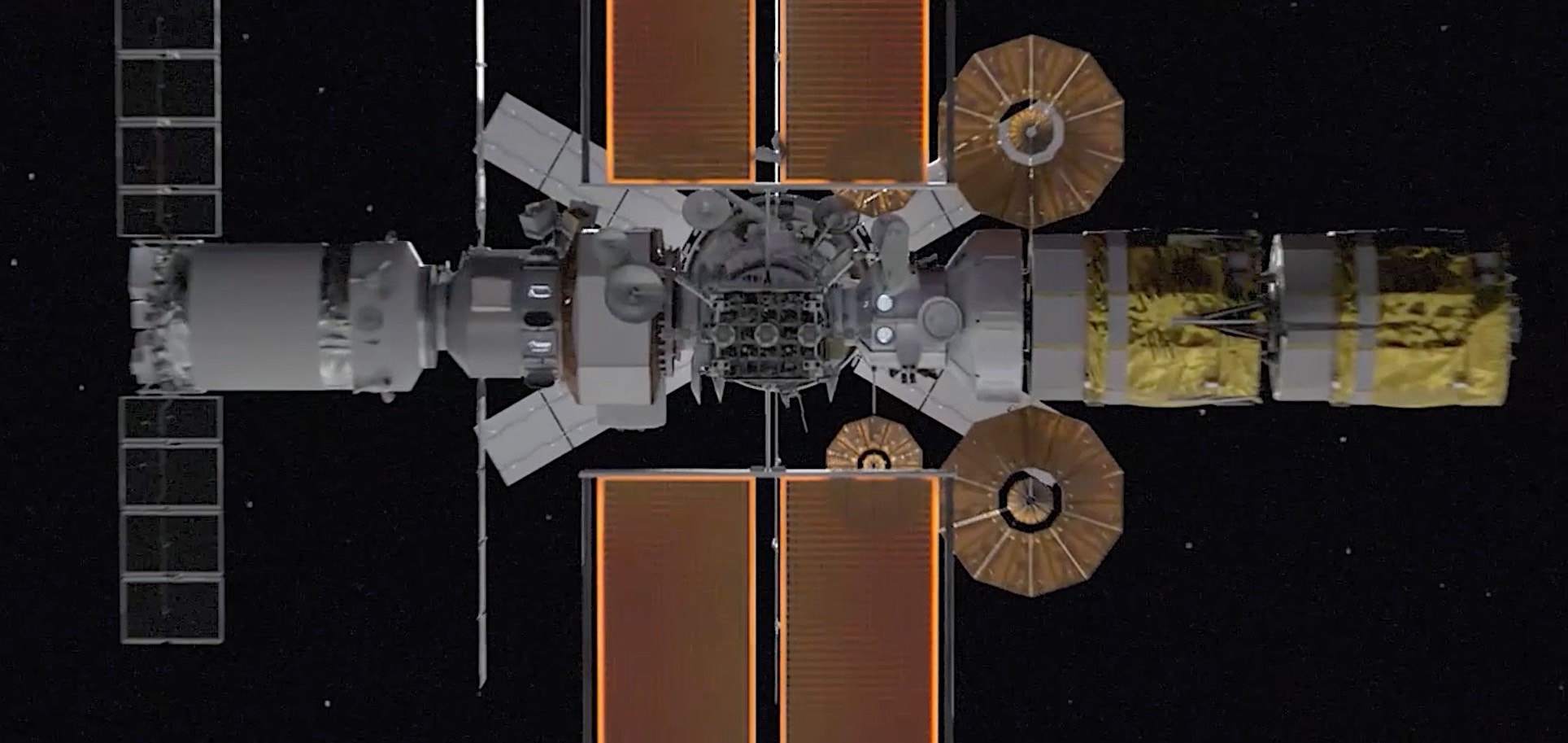The current era of space exploration is brimming with groundbreaking initiatives, each vying for our attention. However, the Gateway space station stands out as a potential catalyst for humanity’s expansion into the cosmos.
This collaborative effort represents a critical stepping stone, strategically placed to propel us deeper into the solar system. Gateway will bridge the vast gulf between Earth and more distant destinations, functioning as a launchpad for far-flung missions while remaining within reach for regular resupply.
Beyond its role as a waypoint, Gateway boasts a unique operational location. Circling the Moon in an elongated orbit that encompasses its poles, the station will serve a multitude of purposes. It will establish a historic first human-occupied outpost strategically positioned near another celestial body.
Venturing farther from Earth than any space station before it, Gateway will push the boundaries of human habitation in space. Furthermore, this orbiting complex will transform into a one-of-a-kind laboratory, free from the influence of Earth’s magnetic field and atmosphere, paving the way for groundbreaking scientific discoveries.

In the vast expanse of space, a new era of human exploration dawns with the construction of the Lunar Gateway, an international space station poised to revolutionize lunar missions. This collaborative effort will provide a critical home base for astronauts venturing near the moon, enabling them to conduct research and prepare for potential lunar surface expeditions.
Thales Alenia Space, a European company, is constructing the I-Hab module, which will serve as a living and working quarters for astronauts. Beyond its crew-friendly design, the I-Hab will also house essential life support systems and camera equipment, ensuring the smooth operation of the station.
Meanwhile, MDA Space is constructing the Canadarm3, a 28-foot robotic arm that will act as the Gateway’s helping hand. This versatile tool can be operated either autonomously or remotely to perform crucial tasks such as maintaining and repairing the station, relocating modules, and even capturing visiting spacecraft.
Another key element is the Crew and Science Airlock, a first for the United Arab Emirates space program. This innovative entryway will serve as the primary access point for astronauts arriving at the Gateway, marking a significant milestone in the country’s ambitious extraterrestrial goals.
While previous discussions have focused on the Gateway and its various components, this article offers a fresh perspective, showcasing for the first time a close-up look at the station’s docking ports during assembly on Earth.
Humanity’s return to the Moon is gaining momentum with the construction of the Lunar Gateway space station. This orbiting outpost, strategically positioned in lunar orbit, will act as a vital waypoint for future Moon missions.
Two docking ports are specifically designed to accommodate the upcoming SpaceX and Blue Origin lander vehicles. These reusable spacecraft will be responsible for transporting astronauts to and from the lunar surface, ushering in a new chapter of sustained human presence on the Moon.
The Gateway project is about to enter a new phase with the launch of its initial modules scheduled for next year. This first wave of components, the Power and Propulsion Element (PPE) and the Habitation and Logistics Outpost (HALO), will be carried into space by a SpaceX Falcon Heavy rocket.
Following their successful deployment, the wait for the next major piece won’t be long. The International Habitation module (I-Hab) is slated to launch in 2028, coinciding with the Artemis IV mission the second lunar landing crewed mission.
The arrival of I-Hab will mark a critical milestone, as it will provide the necessary living quarters for astronauts stationed on the Gateway. Significantly, the Artemis IV crew will also have the honor of being the first to utilize the SpaceX lander for a historic descent to the lunar surface.

